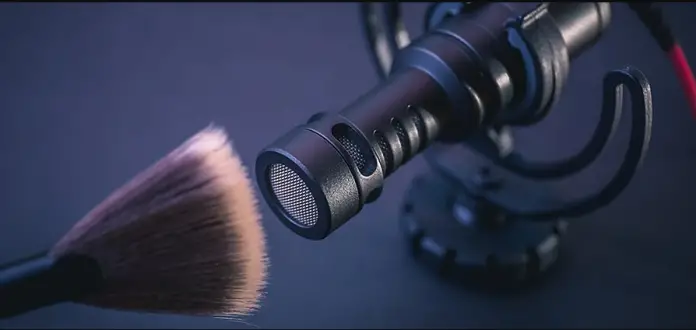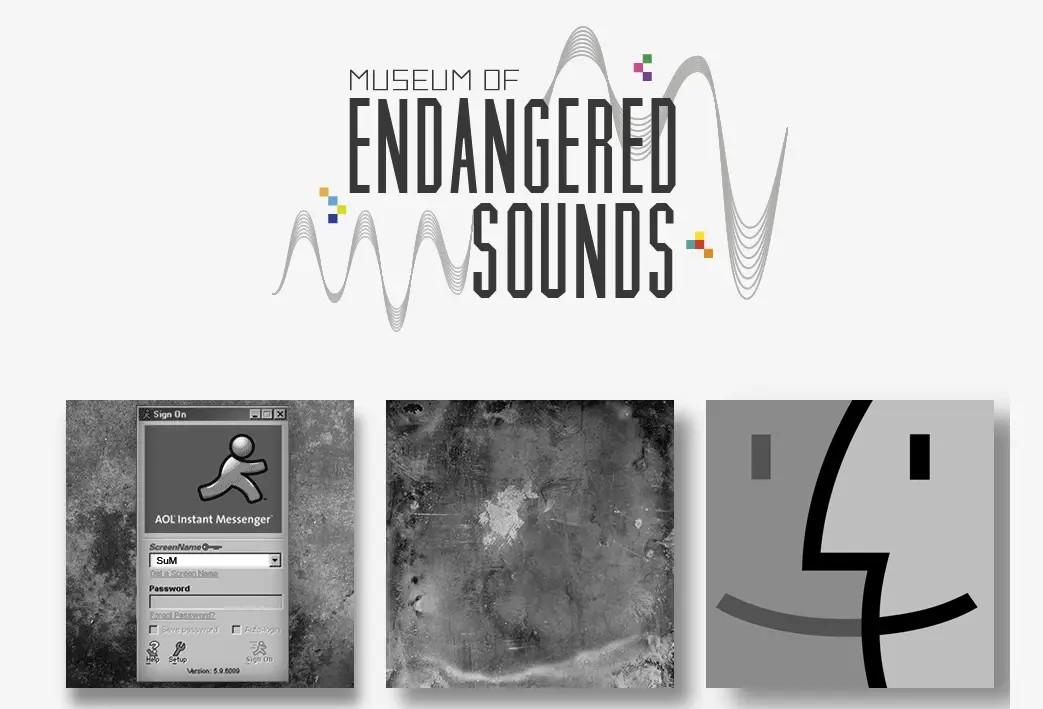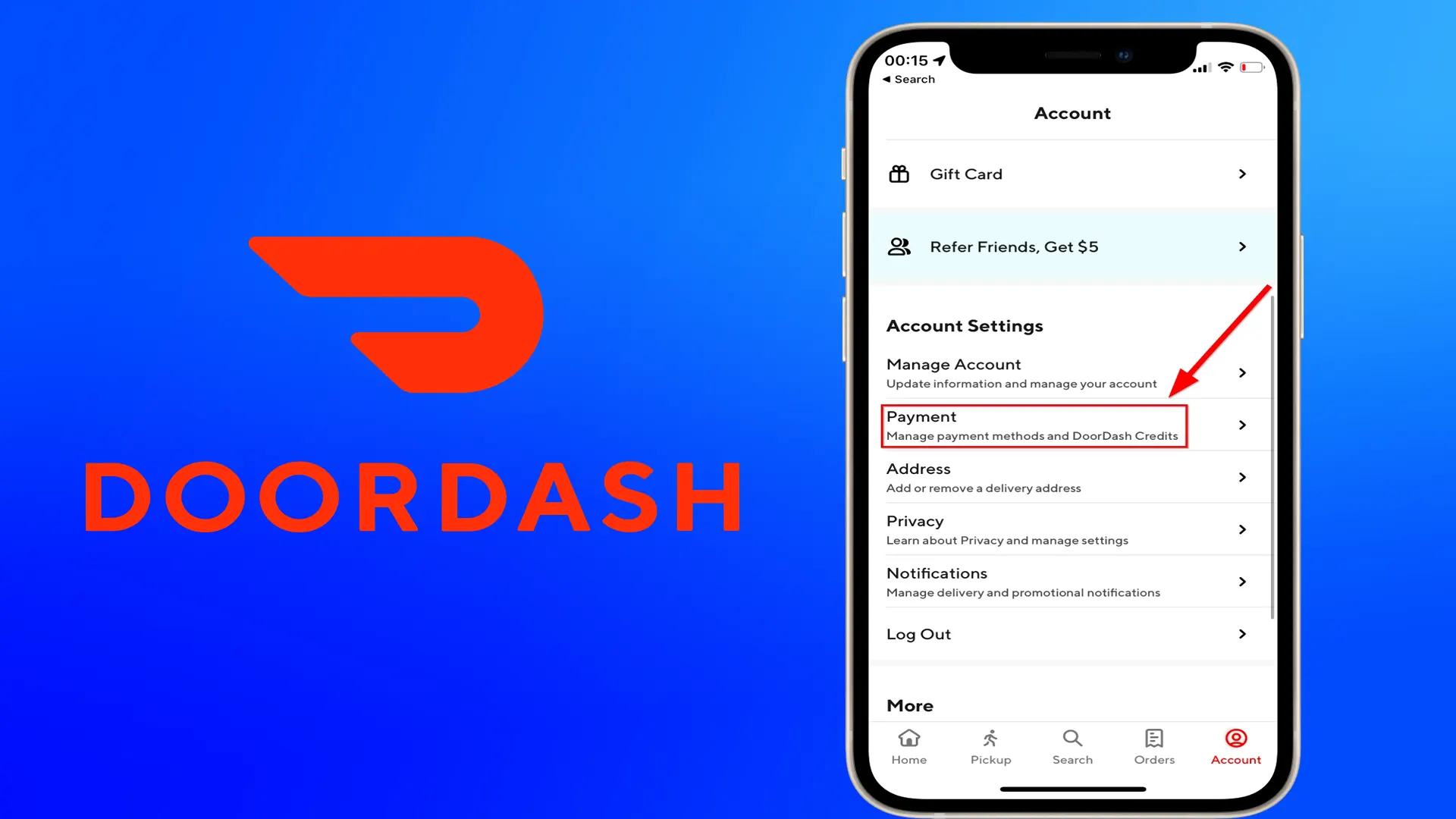Once upon a time, tingling sensations in the brain were an indescribable psychological oddity. Until suddenly they became a YouTube phenomenon.
When Jennifer Allen watched videos about space, she sometimes experienced a strange sensation: as if something were tickling her brain and a warm wave was spreading across her skull. She liked the feeling, but she didn’t know what caused it; she had never encountered it before. Since then, she began searching the Internet for an explanation. But for a long time her search yielded no results.
It wasn’t until ten years later that she was able to find similar descriptions of her sensations. Someone wrote a blog post titled “Strange but Pleasant Feelings.” In the comments under the post, many people started sharing random videos and audio from the Internet of someone brushing their hair or unlocking a damaged lock. All of these videos contained a kind of gentleness that was hard to describe. Some insisted on the need for scientific research to better understand these sensations, some worried about the social implications: are they perverts? Or was it some kind of disease?
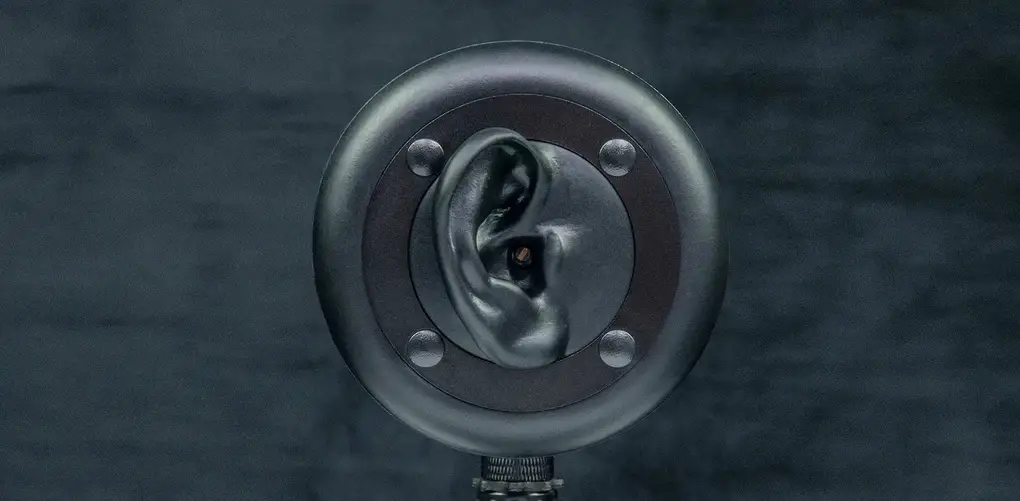
Allen actively participated in these discussions and even tried a study. She remarked that the sensation reassured her, but felt that a more precise and rigorous name than “cerebral pleasure” was needed to attract scientific interest. In February 2010, that name came to light: autonomous sensory meridional response or ASMR.
She soon created an “ASMR Group” on Facebook, where people continued to share links to different videos – only now it wasn’t random sounds, but a new genre of ASMR. Often these videos were made by women – they were just telling something in their soft voices. The first work of this genre was the video “Whisper 1 – hello!”, posted in 2009.
Today, however, legions (mostly women, since the female voice is softer) release about 500 new videos every day. They chew gum into a microphone, flip through a book or just eat something.
Richard Craig, a psychology professor at Shenandoah University, first heard the term ASMR on a podcast in 2013. At first, the topic didn’t interest him one bit until he saw a video of artist Bob Ross painting his pictures.
After that, Richard started looking for research on ASMR. He found nothing academic – just websites and forums, which led him to a Facebook group. He contacted Allen and they conducted an online survey with over 25,000 participants. Richard also discovered ASMR University, an online archive of interesting research on the subject.
Still, scientific understanding of the issue is still progressing slowly. Funding for ASMR research is hard to justify, and the varied nature of sounds that evoke pleasurable sensations can lead to “noisy” data. So far, ASMR University lists only ten studies. More than half of them have been published in the authors’ journals. The most serious studies used functional magnetic resonance imaging to determine blood flow activity in the brain during these tingling sensations. The results showed that ASMR may be related to “affilative behavior,” which is known to release feel-good hormones such as oxytocin.
Richard looks at these findings from an evolutionary biology perspective. He believes ASMR is designed to aid reproduction and survival, and notes that sounds like whispering or brushing hair bear a strong resemblance to the way humans soothe children. But if ASMR plays a key role in survival, why do only some people experience it? And why is research into this feeling so relevant now?
When the “Whisper 1 – hello!” video was just gaining momentum in Allen’s Facebook group, Gibi – one of the top ASMR YouTube artists – was in high school. Like many teenagers, she had trouble sleeping. Sometimes she would watch YouTube to relax and fall asleep. That’s where it all started.
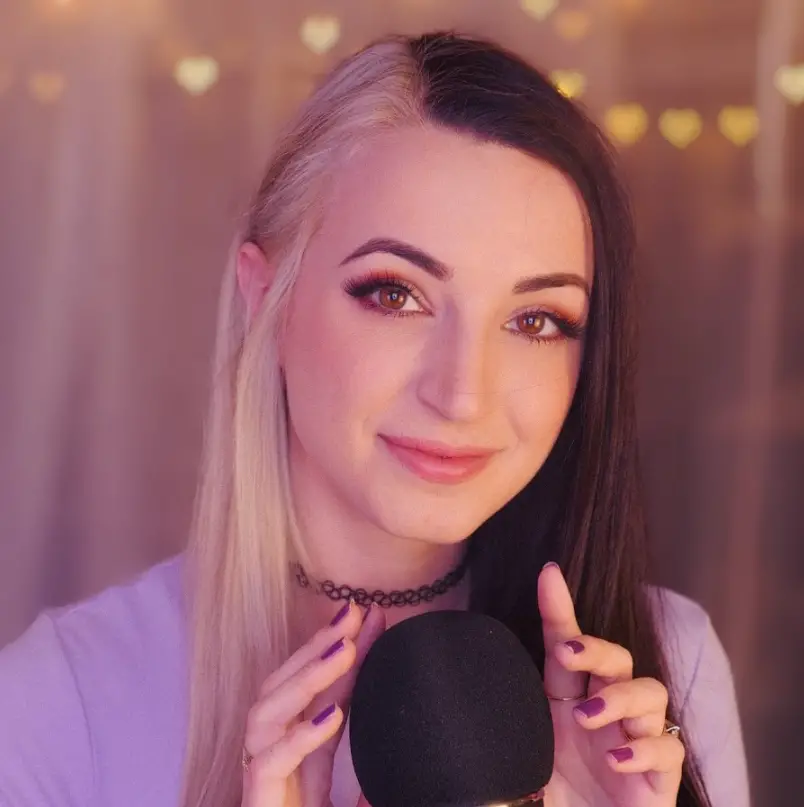
From makeup videos, she gradually moved on to ASMR. That passion stayed with her through university. In 2016, Gibi thought she could make better content herself, and the summer before her senior year, she launched a channel with regular ASMR videos, Gibi ASMR. Six months after graduation, she was making good money from advertising, and the channel became her full-time job. Today she has more than 1.8 million subscribers.
Gibi says most of her viewers are kind and energetic. They leave thousands of comments under her videos: they appreciate her voice and talk about how she has helped them alleviate insomnia and stress. But some are misled by her gentle tone.
She told how one fan believed she was talking directly to him. He sent her thousands of messages, and she went to the police. Other fans, on the other hand, dug into her past and found old photos of her from high school. This kind of thing is common for young girls making ASMR videos. Gibi tries her best to protect her privacy. She doesn’t tell anyone her last name, she doesn’t tell anyone about her relationship or even about the town she lives in. If a fan meets her outside her house, she pretends to be here on vacation.
Anyway, ASMR is more than just YouTube videos. And ASMR content makers are more than just bloggers. I see this as a new part of art. Relaxing, enjoyable, and helping a lot of people sleep.


